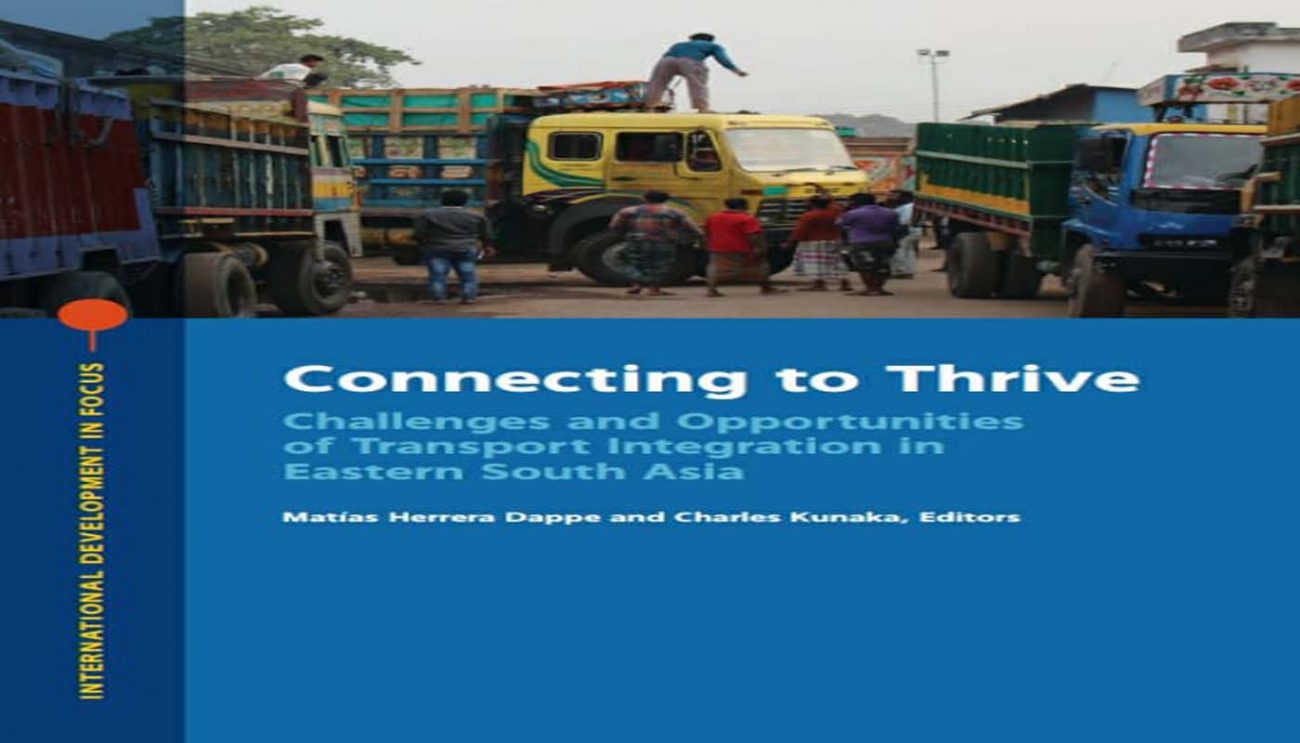Removal of obstacles to transport connectivity to benefit India and Bangla
World Bank report says improving transport connectivity between India and Bangladesh could result in a 297 percent increase in Bangladesh’s exports to India and a 172 percent increase in India’s exports to

ROOPAK GOSWAMI
Guwahati, March 9: Removing all border friction to the movement of trucks between Bangladesh and India could deliver significant economic benefits to both countries, a new World Bank report released today said.
A new report, Connecting to Thrive: Challenges and Opportunities of Transport Integration in Eastern South Asia, analyzes the Bangladesh-Bhutan-India-Nepal (BBIN) Motor Vehicles Agreement (MVA); compares it with international best practices; and identifies its strengths as well as gaps for seamless regional connectivity.
The report also discusses regional policy actions the countries can take to strengthen the MVA and proposes priorities for infrastructure investments that will help the countries maximize its benefits.
“The Bangladesh–India border is the fifth-longest border in the world, and it is a thick border. It is more costly for Bangladesh and India to trade with each other than for either of them to trade with Germany. As a result of the thick border, bilateral trade represents about 10 percent of Bangladesh’s trade and 1 percent of India’s trade. These figures compare poorly with East Asian and Sub-Saharan African economies, where intra regional trade accounts for 50 percent and 22 percent of total trade, respectively,” the report says.
High tariffs serve as major trade barriers
High tariffs, para-tariffs, and nontariff barriers also serve as major trade barriers.
Simple, average tariffs in Bangladesh and India are more than twice the world average.
In fact, it is about 15–20 percent less expensive for a company in India to trade with a company in Brazil or Germany than with a company in Bangladesh, the report points out.
The report says improving transport connectivity between India and Bangladesh could result in a 297 percent increase in Bangladesh’s exports to India and a 172 percent increase in India’s exports to Bangladesh.
It says weak transport integration makes the border between Bangladesh and India thick.
Crossing the border and its complications
“Crossing the India–Bangladesh border at Petrapole–Benapole, the most important border post between the two countries, takes several days. In contrast, the time to cross borders handling similar volumes of traffic in other regions of the world, including East Africa, is less than six hours, the report highlights,” it points out.
At present, Indian trucks are not allowed to transit through Bangladesh. As a result, the Northeast of India is particularly isolated with the rest of the country and connected only through the 27-km-wide Siliguri corridor, also called the “chicken’s neck”.
“This leads to long and costly routes. Goods from Agartala, for example, travel 1,600km through the Siliguri corridor to reach Kolkata Port instead of 450km through Bangladesh. If the border were open to Indian trucks, goods from Agartala would have to travel just 200 kilometers to the Chattogram Port in Bangladesh, and the transport costs to the port would be 80 percent lower,” the report estimates.
Bangladesh districts to benefit from integration
“All districts in Bangladesh would benefit from integration, with the eastern districts enjoying larger gains in real income. States bordering Bangladesh such as Assam, Meghalaya, Mizoram, and Tripura in the Northeast, and West Bengal in the west, and states further away from Bangladesh such as Uttar Pradesh and Maharashtra would also gain huge economic benefits from seamless connectivity,” it says.
“The eastern sub-region is poised to become an economic growth pole for South Asia. An important component of this development potential is for countries to invest in connectivity – rail, inland waterways, and roads,” said Junaid Ahmad, World Bank Country Director in India.
This is especially true as the region begins its economic recovery from the COVID-19 pandemic. Ultimately, connectivity offers the promise of long term sustainable and inclusive growth.
“Geographically, Bangladesh’s location makes it a strategic gateway to India, Nepal, Bhutan, and other East Asian countries. Bangladesh can also become an economic powerhouse by improving regional trade, transit and logistics networks,” said Mercy Tembon, World Bank Country Director for Bangladesh and Bhutan.


